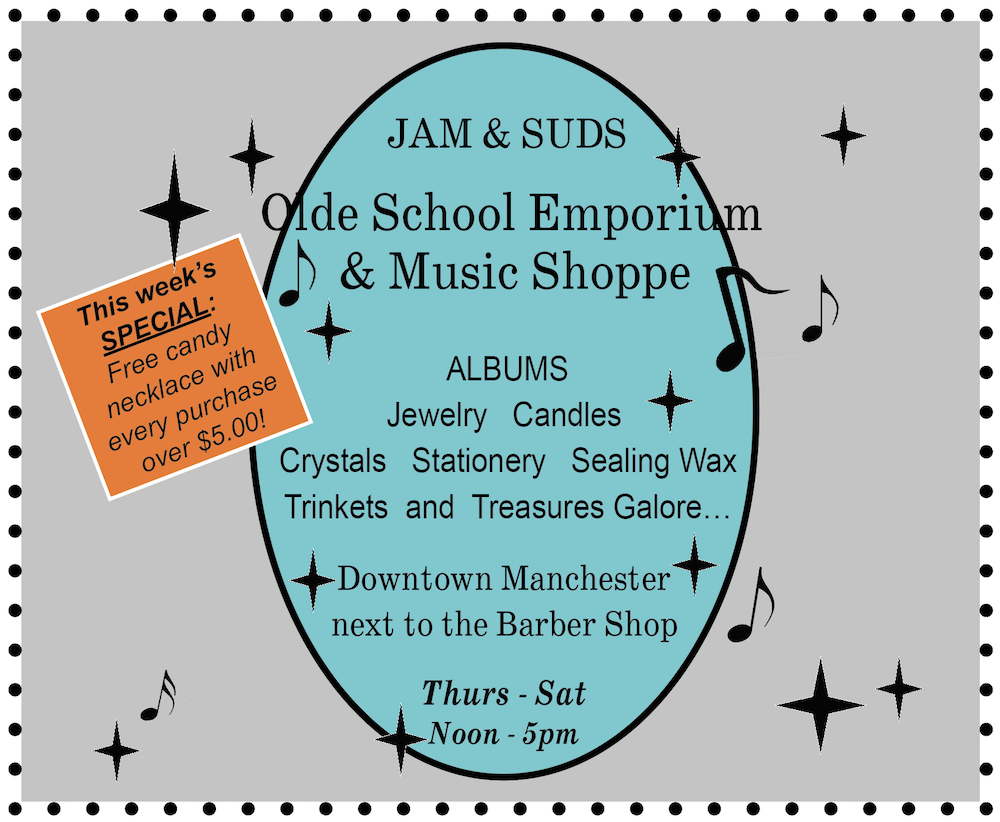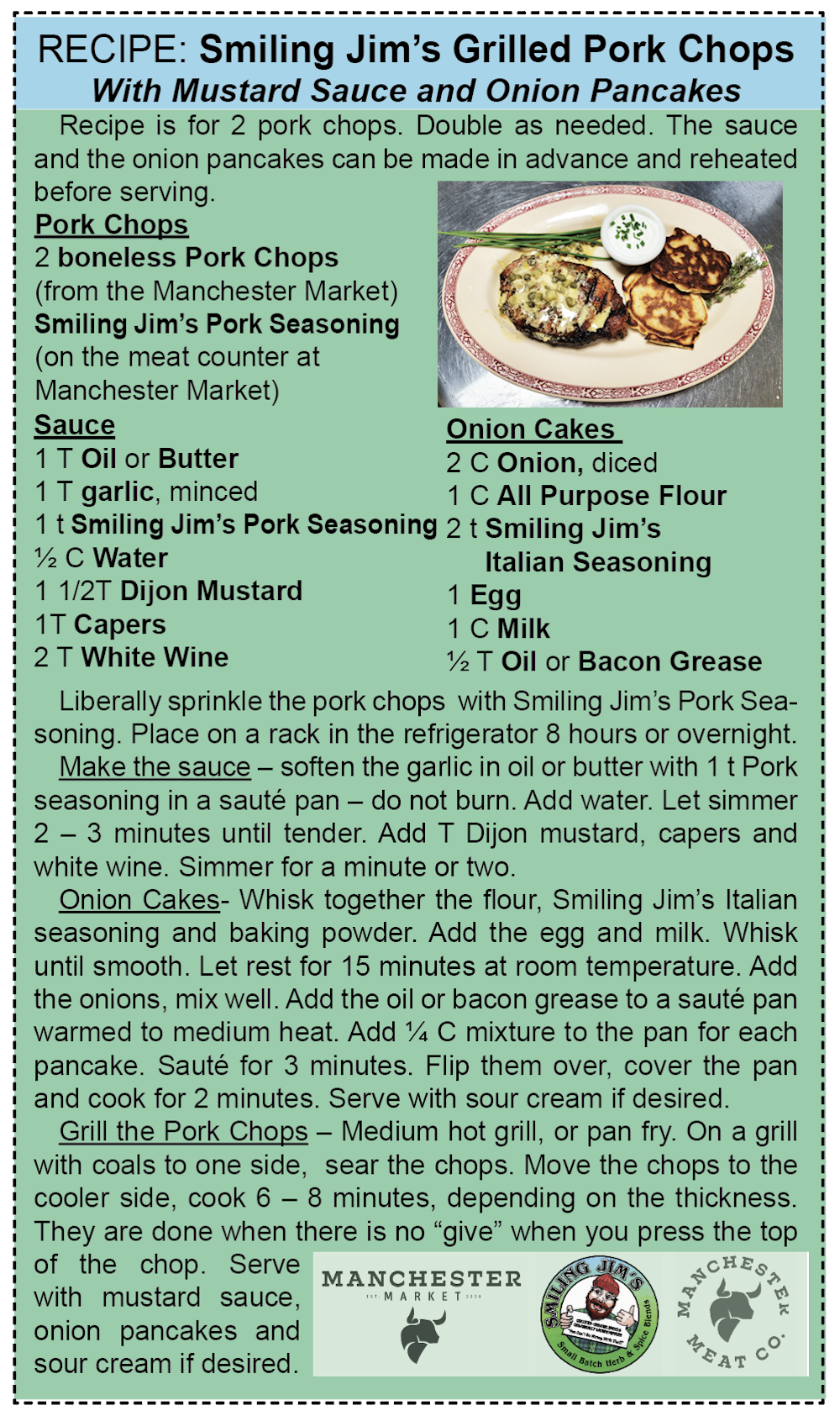Editorial: Arguments are for finding truth (part 2 of 3)

by Fritz Swanson
Arguments are for distinguishing true things from false things. And arguments are for making our best guess when we can’t be sure.
Imagine you have a pile of apples you’ve had for a while. You have to sit down and sort them, find the ones with bruises and with worm holes, and set them aside. The bad apples have to be pulled out so you can use the good apples. When you do this, you are going through a kind of argument.
This is important as a starting point, because many people think of arguments as a way to bully people, or as a way to exert power. But fundamentally, arguments are about sorting stuff. Arguments sort ideas into three piles: true ideas, false ideas, and ideas we don’t know enough about to judge yet. (That third pile is a lot bigger than you think).
The basic moves of argument are easy enough to understand, and can be described pretty quickly. An argument is made of two main parts, which are themselves made of two main parts.
An argument is a CLAIM that rests on SUPPORT. That’s the kernel of it.
A CLAIM is any statement. Literally any statement is a kind of argument. “Chairs are for sitting,” is a claim. “Captain America is a hero,” is another. “Netflix is not really television,” is a third. As you can see, some claims are more interesting than others. “John is a murderer” is probably a more interesting claim than “John is a florist.” But both are claims. These are claims because they can be proven false.
To understand this, you have to understand what a claim is made of. A claim is made of two parts.
The first part of the claim, the subject of the sentence, is an ISSUE or TOPIC. So if we look at the claims above, we can see that “chairs,” “Captain America,” “Netflix,” and “John” are all ISSUES or TOPICS raised for argument.
Basically any noun can be an issue that we argue over. Love, guns, democracy, etc. All of these are ISSUES.
The second part of a claim, the predicate of the sentence, is the POSITION you take on the issue. And the key here is that we know it is an argument because the position can be changed while the issue stays the same.
ISSUE + POSITION = CLAIM
I say that chairs are for sitting. My wife says that chairs are for standing on to reach things. My son says that chairs are for rocking in at the dinner table. And my cats say that chairs are for sleeping on, especially when they are in the sunshine.
Some of these claims might be right, some might be wrong. But the only way we can know for sure is if we SUPPORT the claim.
SUPPORT is also made of two parts. The obvious thing you may already know is that CLAIMS need to be supported with EVIDENCE. EVIDENCE is just any fact you can point to in the world. Chairs have flat seats designed for our backsides. That’s evidence.
But evidence alone only takes you so far. The other SUPPORT we need to make an argument is REASONING. REASONING is basically another argument, or a way of arguing. It’s a structure that you fit the evidence into. Imagine EVIDENCE like the pieces of colored glass in a stained glass window. REASONING is the metal frame that holds all those pieces in place.
EVIDENCE + REASONING = SUPPORT
So, I might say: A chair is for sitting because it has a flat part. That flat part was designed for my backside because, on this wooden chair, I can literally see the shape of a human backside carved into the wood.
The physical features of the chair are factual evidence. But my analysis of the intent of the designer of the chair is an inference that I am making. That is reasoning. Reasoning is itself a little argument, and so we can see that arguments can go in little loops. Arguments never stop because they are naturally finished. They stop when they arrive at an answer that is "good enough". You can see here that even a simple argument about what chairs are for is not 100% airtight. There is always a bit of uncertainty in any argument.
It’s important to remember that arguments will always have these uncertainties. First, this should encourage you to be humble about everything you think you are certain about. If the use of a chair isn’t 100% clear, then your opinions about politics are probably even less certain. Second, this should encourage you to be patient with other people. Making arguments is hard, and you can’t ever prove anything definitively. If you think you have proven something definitively, that’s probably an indication that you haven’t thought about it hard enough. Certainty, in that sense, is a warning sign you should take seriously.
And remember, the goal of argument is to get as close to truth as we can. But what we can see right away is that there will always be uncertainty, even with things we think are obvious.
The final fundamental element of argument is that they always travel in pairs. Technically, any statement can be an argument. But we generally don’t bother to treat most statements as arguments. We don't, for example, spend very much time worrying about the deep meaning of chairs. We just sit on them. Unless a cat is already there.
Instead, we pursue arguments when other people make claims that are different from the claims we make. And so we can see that arguments are a type of conversation. This is why we need to remember what arguments are for. If we approach a conversation as an opportunity to bully someone, or as a chance to exert power by “winning” we miss the point of argument. Argument is about finding truth. And that means, if we REALLY intend to argue, we have to accept at the start that we could discover a truth that is contrary to our claim.
We have to be willing to be proven wrong.
This is what makes arguments so hard. Because we have to choose our love of truth over the comfort of not ever being contradicted.
If we don’t accept that, then we aren’t really arguing at all. We’re just fighting. And that’s a very different thing.








You must be logged in to post a comment Login